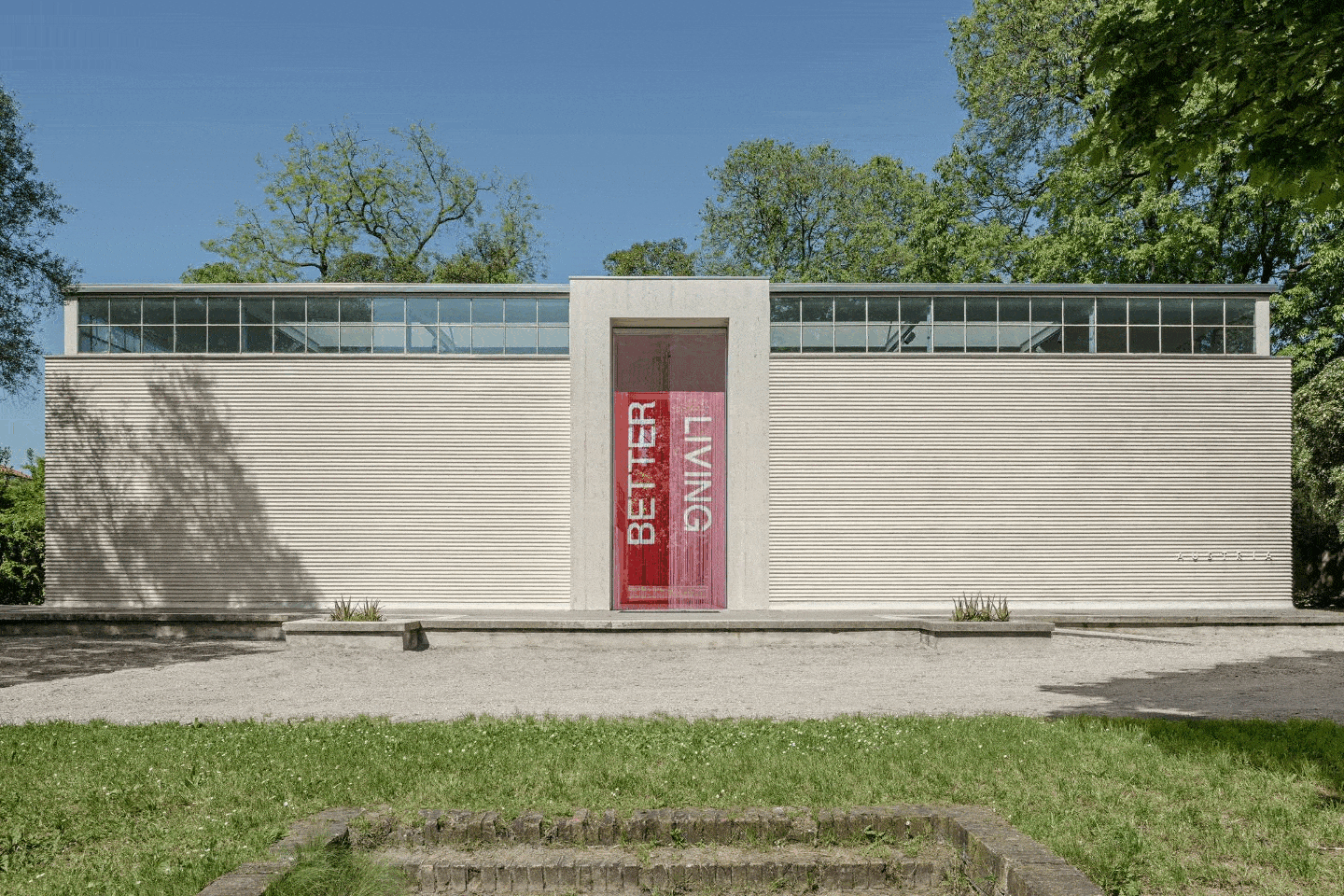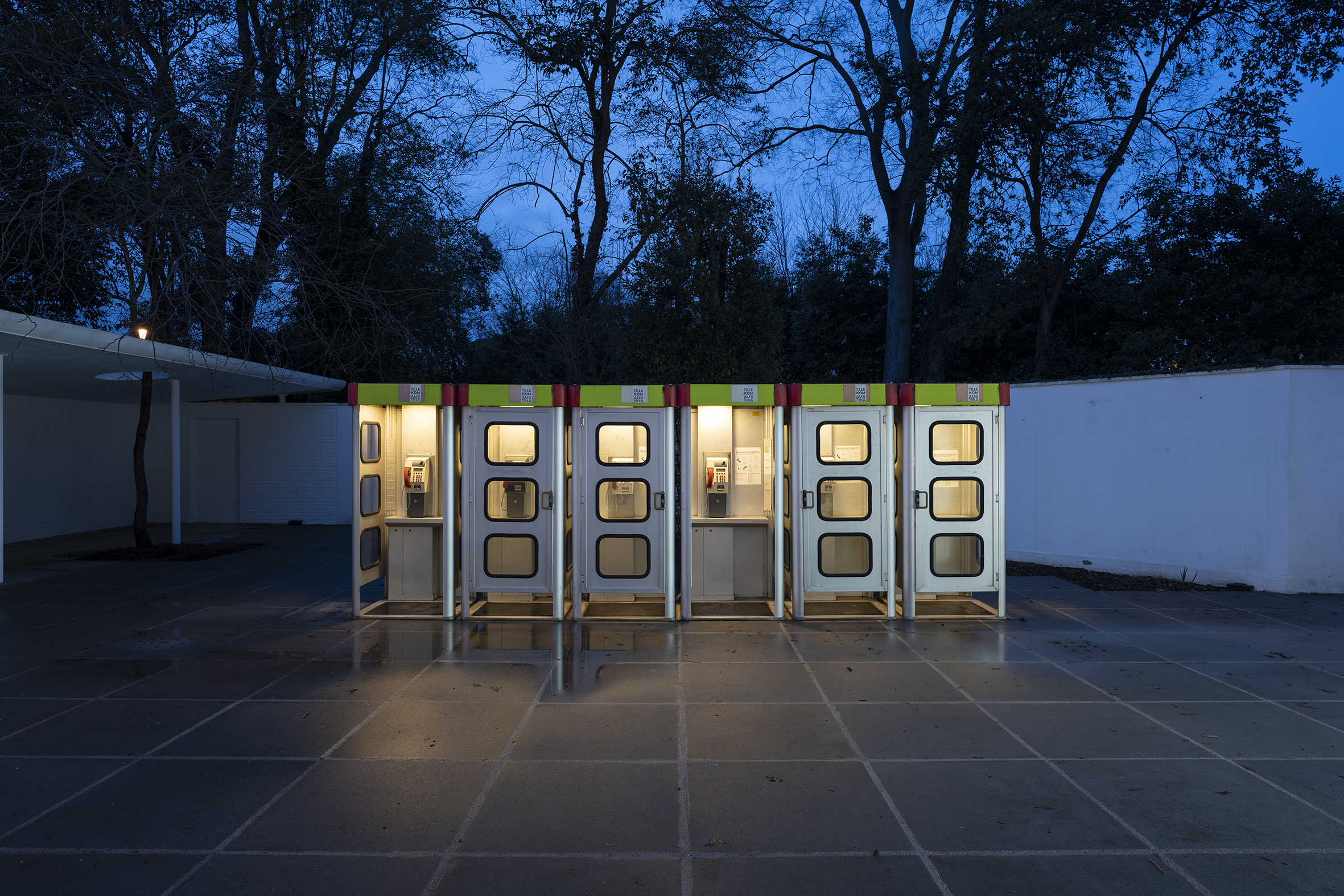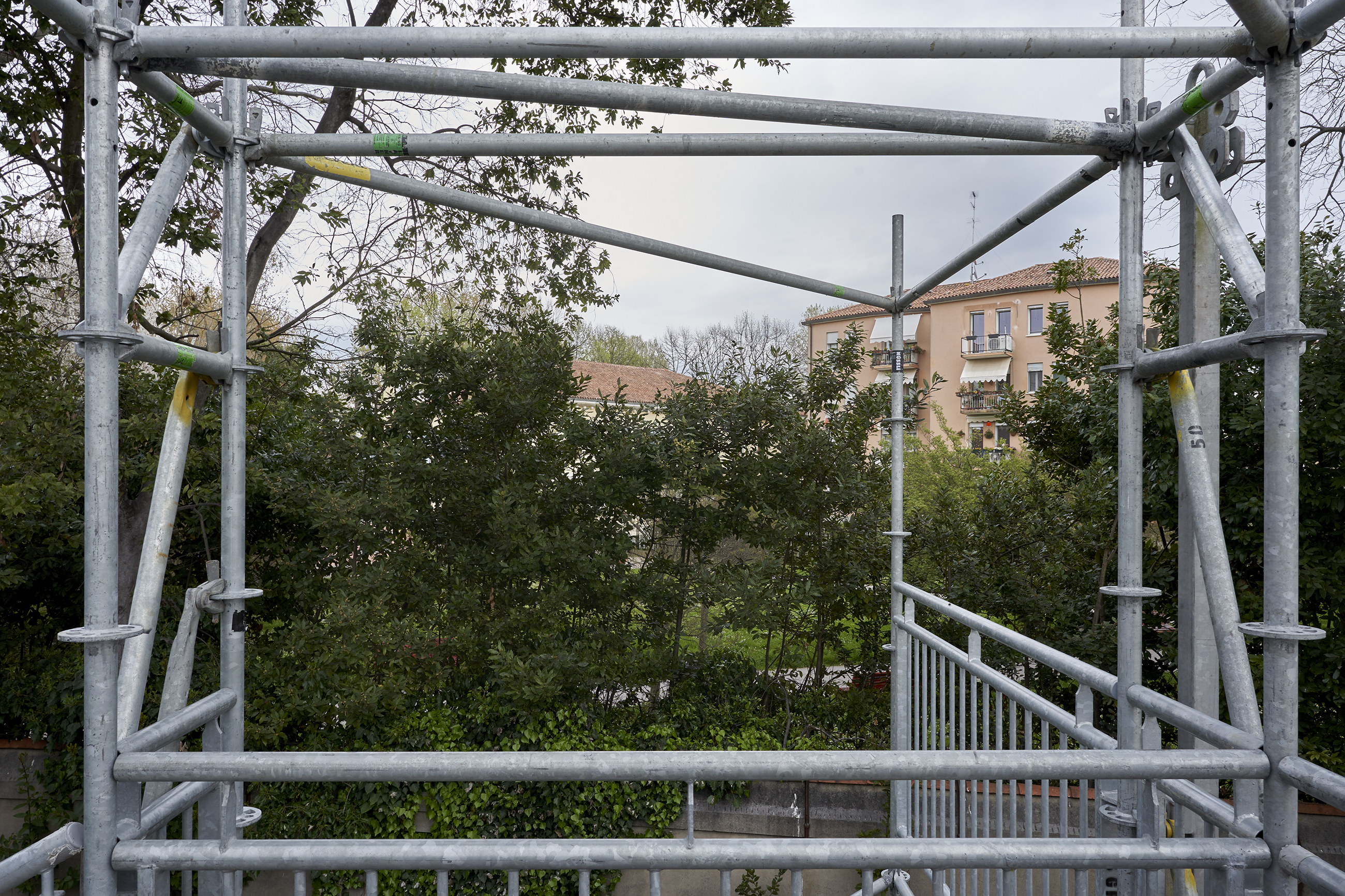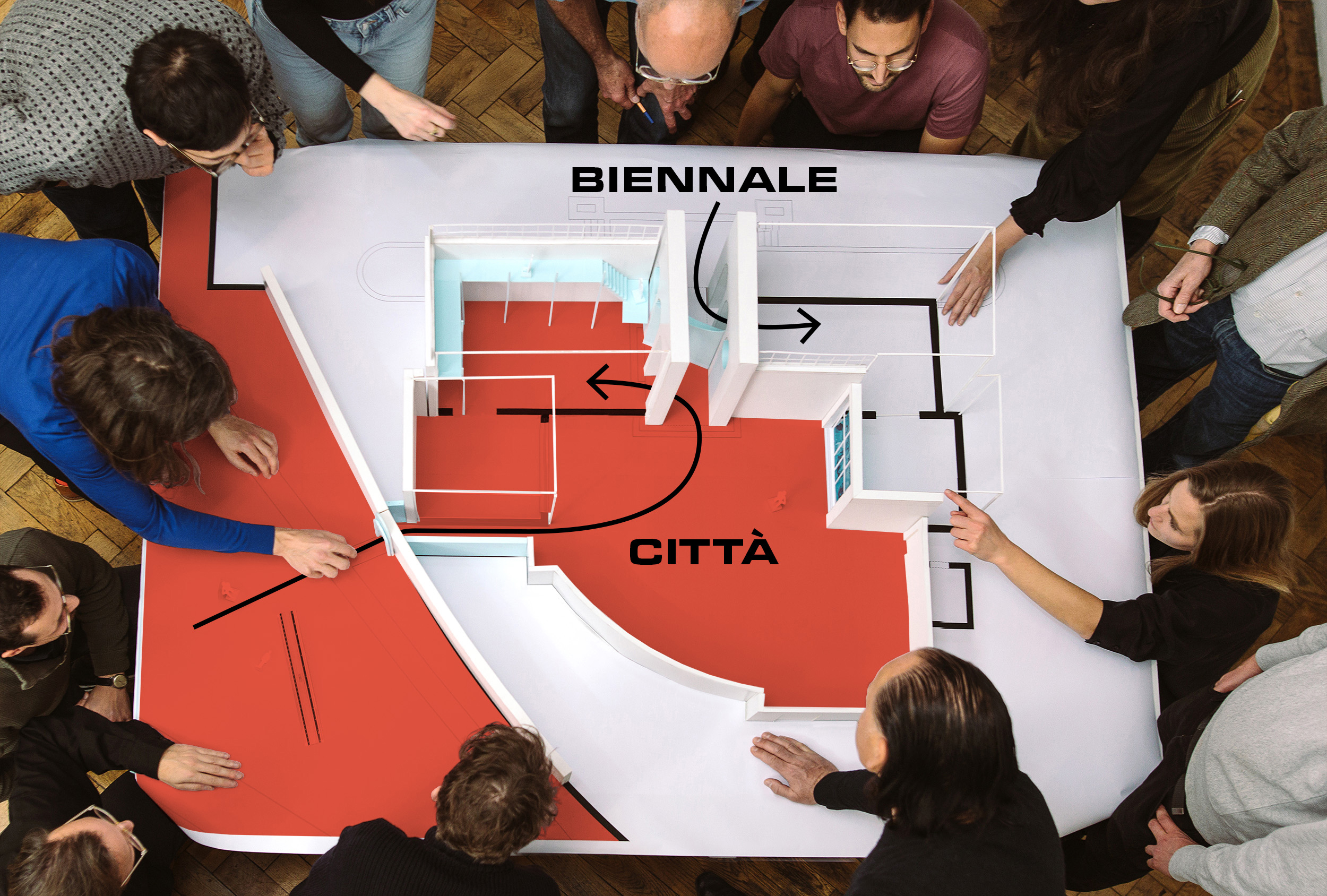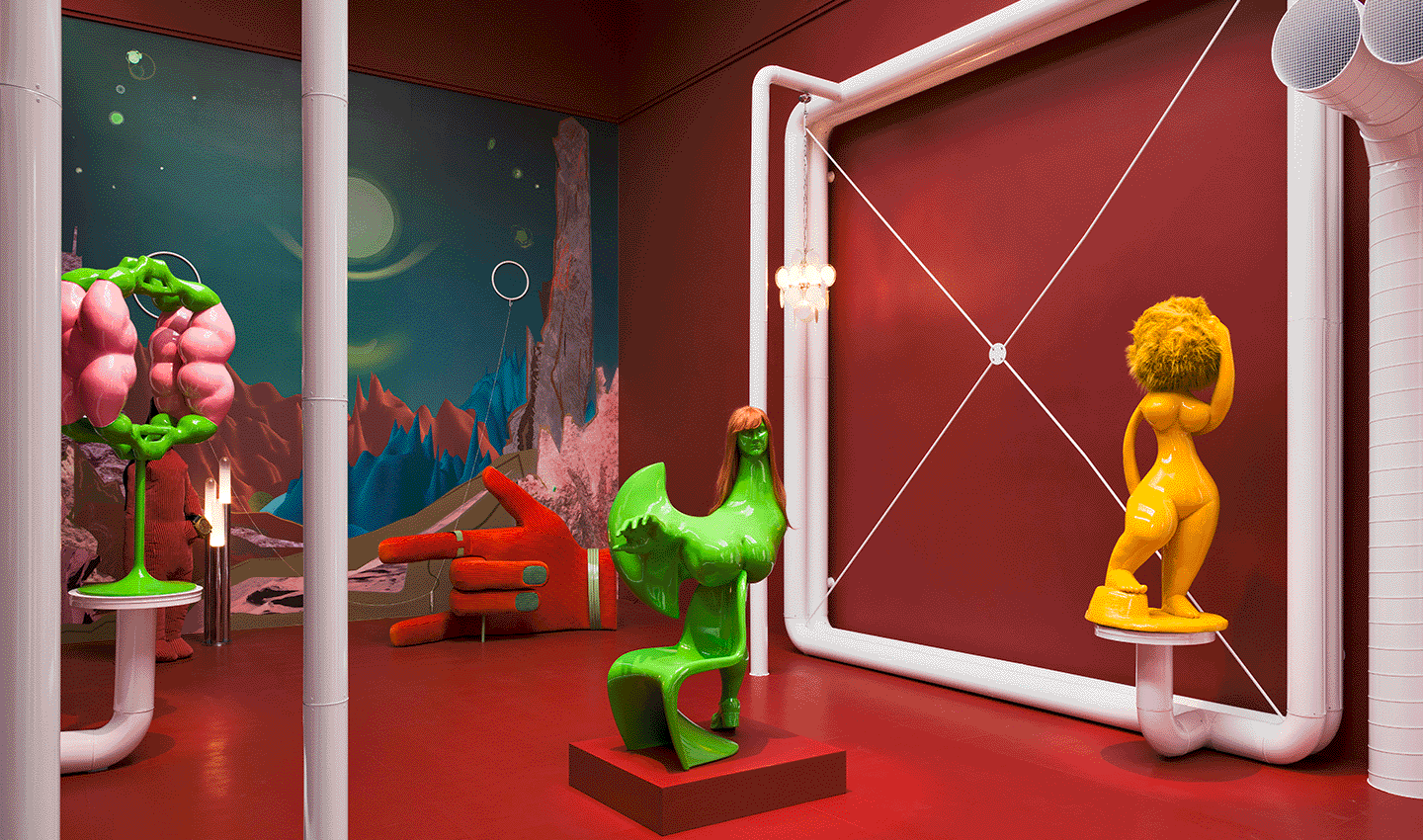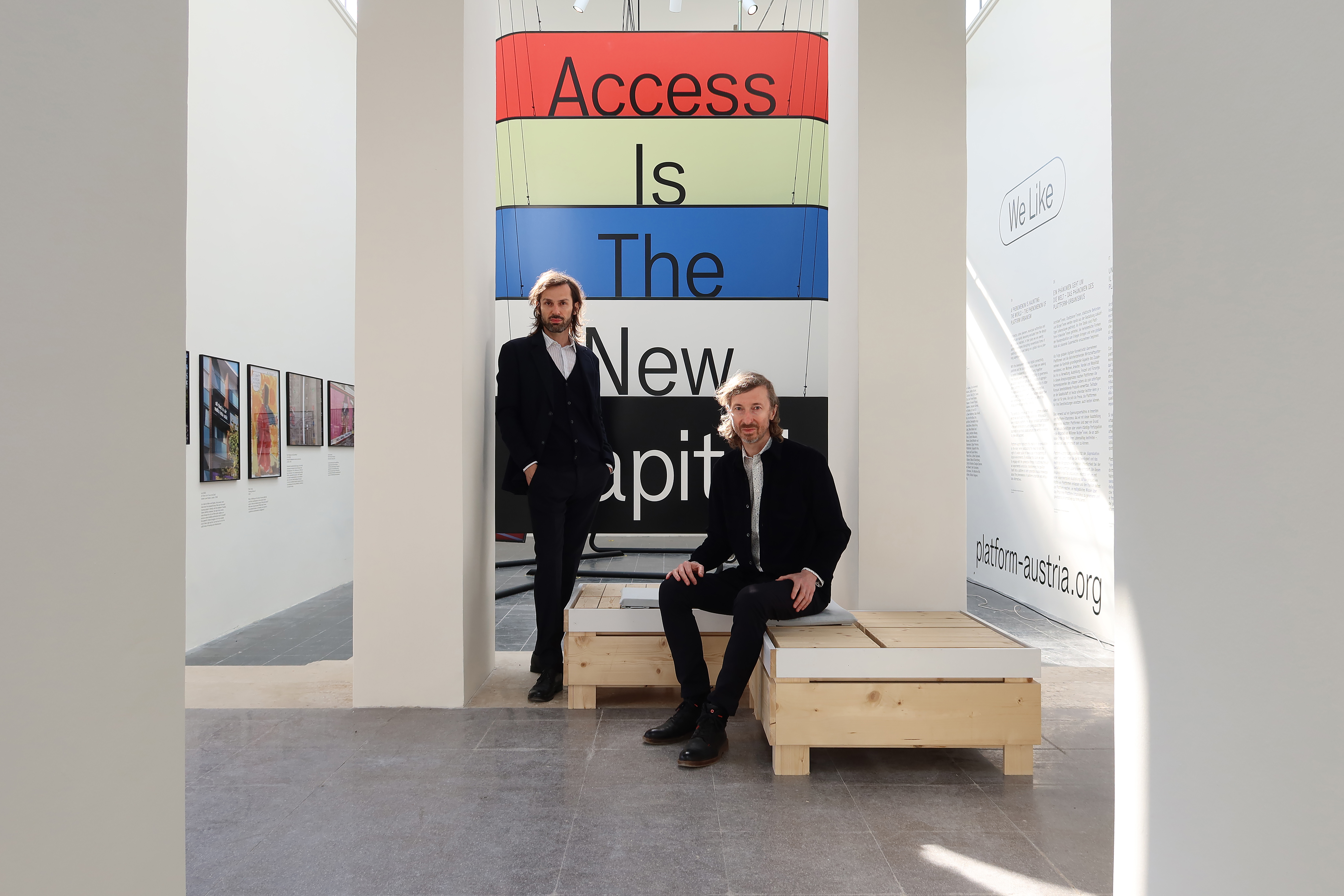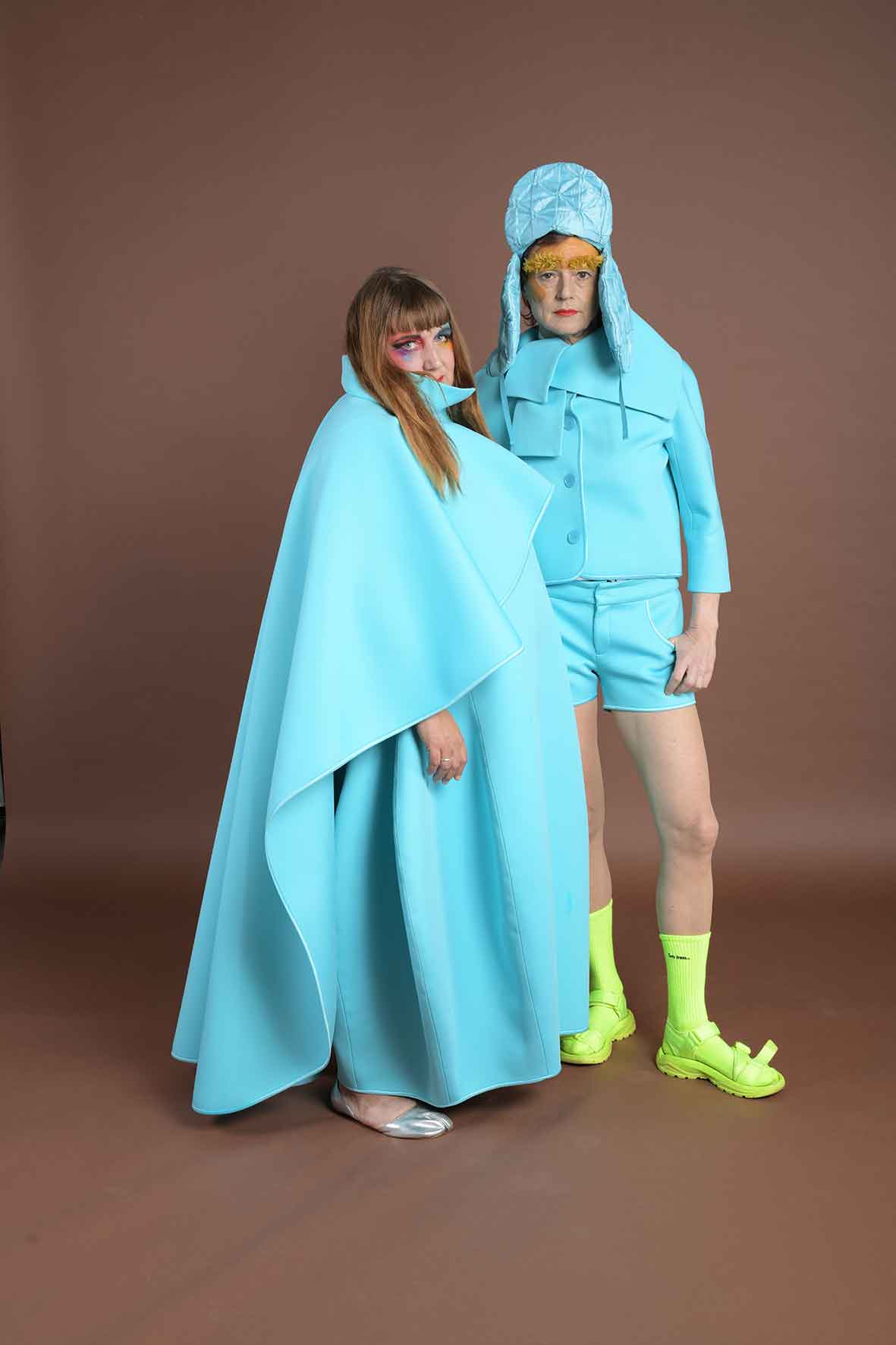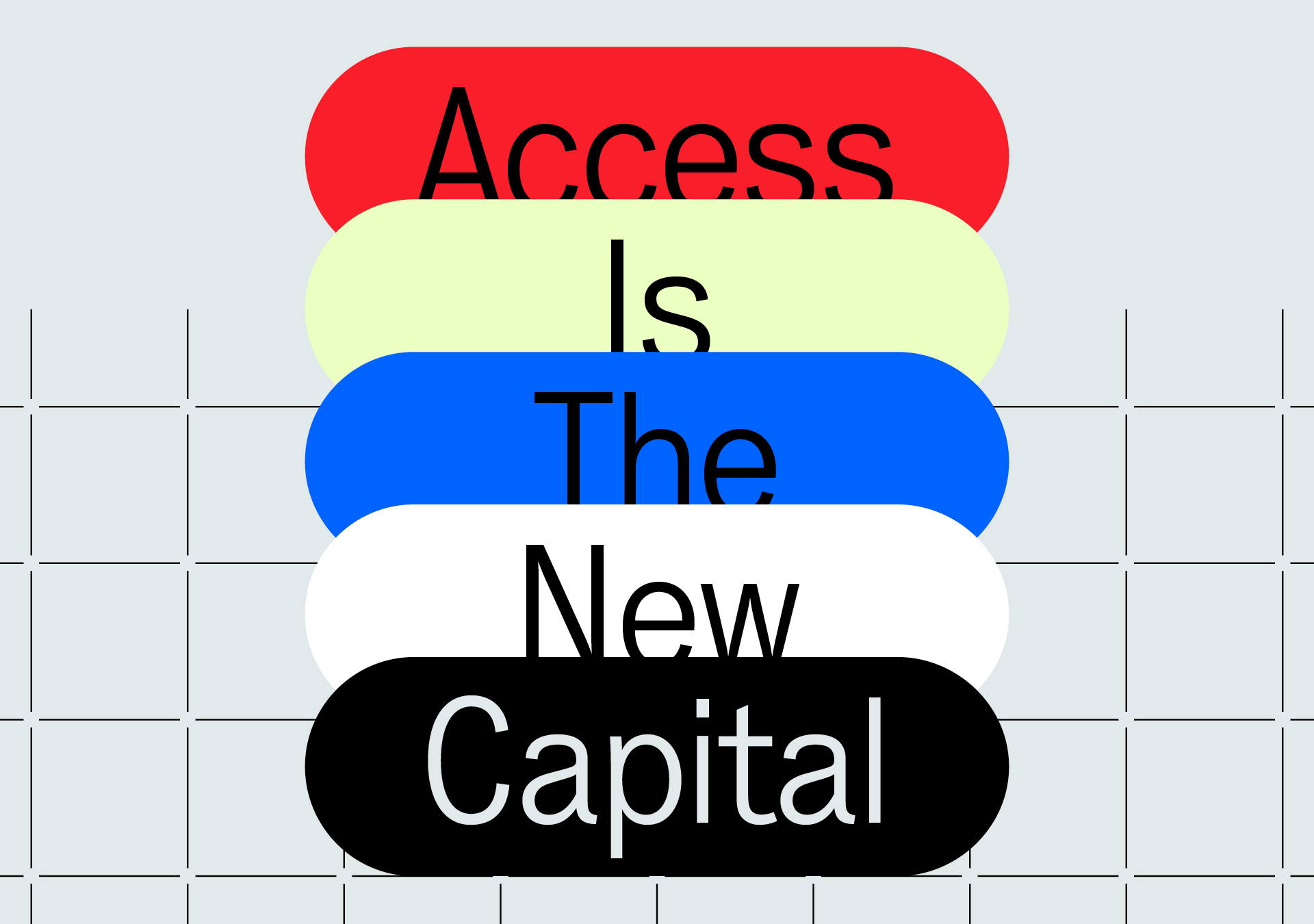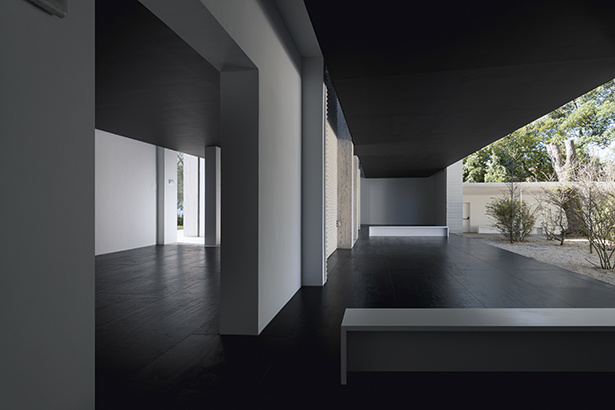Hans Schabus
The Last Land
12 June - 6 November 2005
Press preview: 10 June 2005, 2 p.m.
Opening: 10 June 2005, 5 p.m.
Austrian Pavilion Venice Biennale 2005
Giardini della Biennale
www.biennale-schabus.at
Commissioner Max Hollein Hans Schabus will represent Austria at this years Venice Biennale. The project he has developed for the Venice Biennial will radically transform the land marked Austrian Pavilion: though scarcely visible, the pavilion will be massively present. Hans Schabus has attracted attention in recent years above all with his contribution to Manifesta in Frankfurt (Western, 2002) and solo exhibitions in the Secession in Vienna (Astronaut [komme gleich]/Astronaut [be right back], 2003), in the Bonner Kunstverein (Transport, 2003), and in the Kunsthaus Bregenz (Das Rendezvousproblem/The rendezvous problem, 2004).
Hans Schabus has been nominated by Max Hollein, Commissioner of the Austrian Pavilion and Director of the Schirn Kunsthalle Frankfurt: The crucial thing for me was to select an artist who understands the pavilion as a unity, a singular space not as the site of an exhibition, whether current or retrospective, but as an object for an artistic intervention. I was not concerned with exhibiting a mature lifework but rather with offering an artist the international framework which the Venice Biennial stands for at a neuralgic point of his career.
In his work, Hans Schabus combines a both emotional and physical approach with analytical precision in an extraordinary way. This equally emotional, physical and intellectual level of perception to which he transports himself and the viewer is never the arena of a collective but always of a very intimate, personal experience an exploration of both the relationship between artist and artwork and the relationship between artwork and viewer. Hans Schabuss sculptures and interventions are always concerned with the site for which they are created. The project Schacht von Babel (Shaft of Babel) of 2003 is characteristic of that. In his workroom, Schabus picked up a spade for three to four hours a day in order to excavate a five-meter-deep hole the shaft of Babel and to fill his studio space with earth, i.e. to create a new space and to fill another up. For Schabus, sculpture is the organization of material in space a space which sometimes extends for quite some distance and has to be experienced with the help of a variety of means.
His contribution to Manifesta 4 in Frankfurt in 2002 caused quite a sensation. In the video Western shown there, Schabus was seen gliding through the sewer system of Vienna in a sailboat he had built himself and christened forlorn. In addition to boats, Schabus regularly uses trains as a means of transportation such as in his video Passagier (Passenger), in which the artist takes the viewer on a trip through his studio on a model train, or in his most recent large solo exhibition in the Kunsthaus Bregenz in 2004. The imposing six-storey installation revealed the site and its history after an appropriation and approach process that had lasted more than a year.
A meticulous process of drawing closer is also the basis of the present work for the Austrian Pavilion. This process spans from the artists research in his studio in Vienna to the former Hapsburg Kanaltal presented in the form of a film with aerial views of the narrow valley and touristy Venice, ending with the Austrian pavilion. The pavilion is to be found on the island S. Elena, which was formed with materials from demolished houses and excavations from the recently constructed industrial port in the late nineteenth century. At first, the new island was a fallow field and used by the Italian army for exercises. In the 1920s, a housing estate for the working class was built under Benito Mussolini, and a small part of the terrain was ceded to the Biennale di Venezia, which had been founded in 1895. In 1935, the Austrian Pavilion was built, based on plans by Josef Hoffmann, in the section at the far end. The historical background, the history of the first world fairs, and the nature of the listed pavilion are the determinant parameters for Hans Schabuss work (pavilionization was a novelty introduced by the Vienna World Fair of 1873, by the way). On the Biennial premises, the Austrian Pavilion marks an end, a demarcation line: the art area in front of it, the city behind it. Though the building opens like a gate, it leads nowhere. Deconstructing the structure, Schabus translates it into a new function. In lieu of the accessible public building, the viewer is confronted with a massive barrier, with an object lacking a visible opening. Hans Schabus mantles the pavilion, endowing it with a new identity, which dominates it and makes it disappear. It is not the pavilion which imposes itself on the artwork but the artwork that imposes itself on the pavilion. The former exterior turns into an interior which brings to mind Giovanni Battista Piranesis Carceri. The pavilion has been transformed into an Alpine fortress with galleries leading us to the summit from darkness into the light, from the underground to a safe place should the waters rise again in the city with its lagoons and islands. Venice will be faced with a definitely novel Austrian Pavilion.
CATALOG
Hans Schabus. Austrian Pavilion, La Biennale di Venezia. Edited by Max Hollein. With contributions by Max Hollein, Elke Krasny, and Franz Xaver Baier. About 100 pages, About 80 illustrations, German/English, Schlebrügge.Editor.
SPONSORED BY: Federal Chancellery: Austria, Divison II: The Arts ADDITONALLY SUPPORTED BY: A1, Zumtobel Staff
Dorothea Apovnik
c/o Schirn Kunsthalle Frankfurt, Römerberg, D-60311 Frankfurt
Telephone: 49-69-29 98 82-118
Mobile: 49-179-675 14 79
Fax: 49-69-29 98 82-240
E-mail: presse@schirn.de
Press releases and images for download on www.schirn-kunsthalle.de/ under press, press images and press releases, Biennale di Venezia: Hans Schabus www.biennale-schabus.at (online from June)
